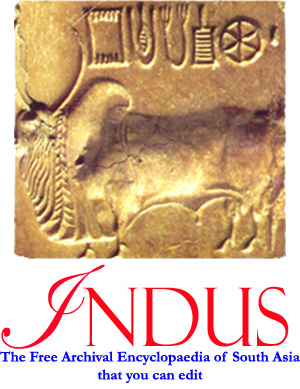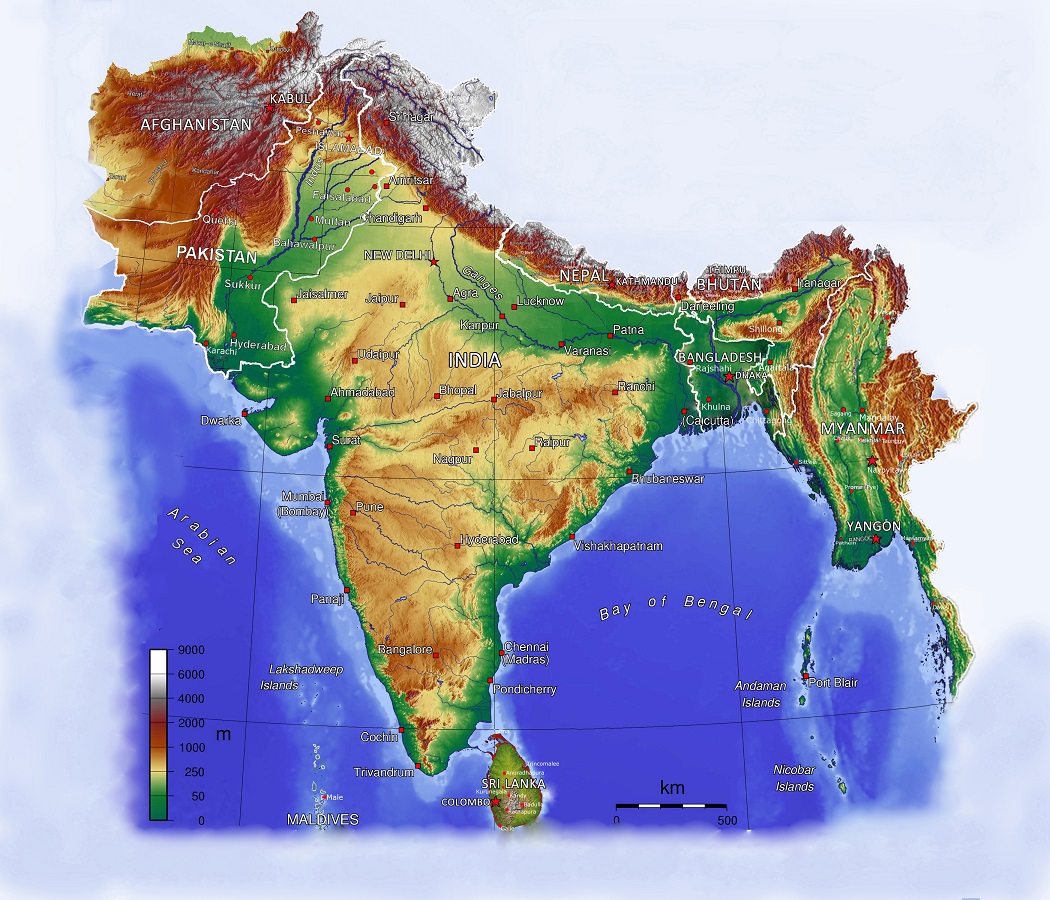About our Logo
Our Logo: The seal of Indus valley civilisation
Our Map
Why the name Indus?
Indus—-the ancient civilisation as well as the river of the same name—-is perhaps the highest common factor of South Asia.
Between 3300 B.C. and 1300 B.C. an urban civilisation developed on both sides of River Indus. It is now known as the Indus Valley Civilisation. Its best known sites are in Mo[h]enjo Daro, Harappa and Mehrgrah (in present day Pakistan) and Lothal (in Gujarat, India). The civilisation covered all of Pakistan, most of Afghanistan, the Indian states of Jammu and Kashmir, Haryana, Punjab, Rajasthan and Gujarat, and Iranian Balochistan. The Indus script has been found in Oman and Turkmenistan as well.
Asko Parpola (born 1941), an Indologist, Sindhologist, and professor emeritus at the University of Helsinki, and Iravatham Mahadevan (born 1930), an Indian civil servant and scholar, have argued that the script inscribed on Indus seals indicates that the Indus Valley people spoke a Dravidian language. The jury is still out on their contention but if it is true it broadens the footprint of this Civilisation to cover all of South India, northeastern Sri Lanka, and parts of Nepal and Bangladesh, where Dravidian languages are spoken. Incidentally, Brahui, which is spoken in Balochistan, has a Dravidian base and origin.
Dhivehi (the language of the Maldives and parts of Indian Lakshadweep) and Sinhala (the majority language of Sri Lanka) are—like many languages of Afghanistan, Bangladesh, India, Nepal and Pakistan—Indo-Aryan languages.
River Indus originates in Tibet, passes through Ladakh (India) and flows down the entire length of Pakistan. The people of Bhutan, like their Buddhist brethren in the Indian Himalayas, follow a culture which, too, originated in Tibet. The river has tributaries in Afghanistan as well.
Indus—the civilisation, the river and the group of languages that bears its name—is without doubt the highest common factor of South Asia.

